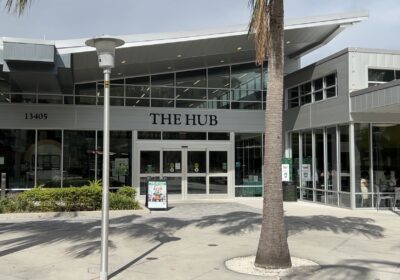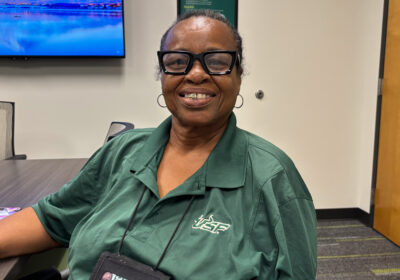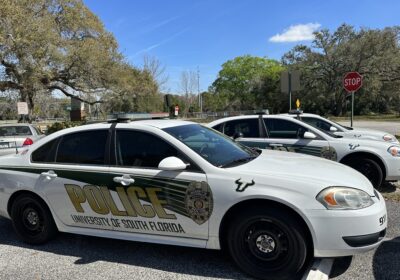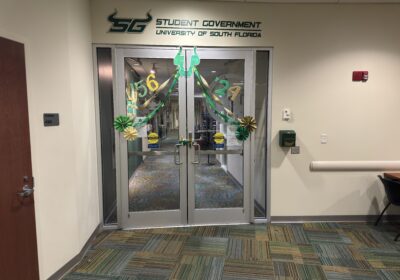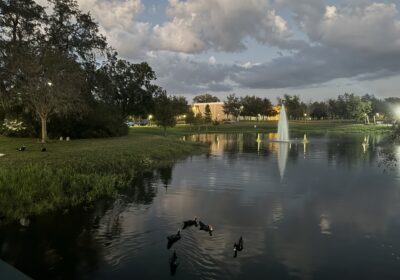USF expects to admit largest freshman class in fall
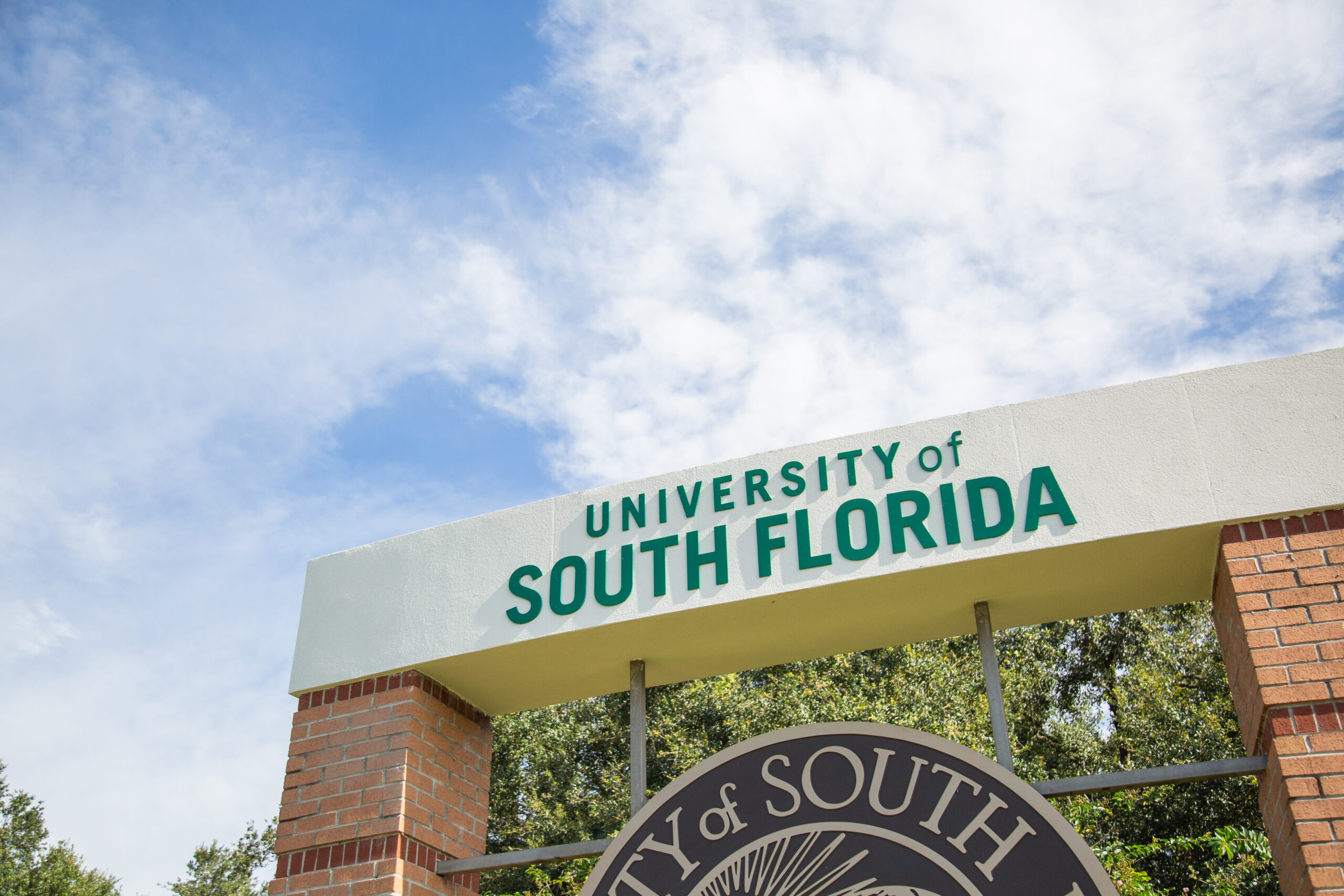
Despite the challenges and limitations set by the ongoing pandemic, applications and admission rates for the 2021-22 academic year are on the rise.
The number of applications, as well as admitted first time in college students, went up by 26% and 24%, respectively, across all three campuses. The number is even higher for students of color, with an increase of 38% for Black and 34% for Hispanic students admitted.
The university has also received the highest number of applications in its history, with around 46,000 applications received as of Wednesday, according to Provost Ralph Wilcox. With this large influx of applications, he said the university expects the freshman class to be around 6,200 students, which would be the largest enrolled class in USF’s history.
Branch campuses, especially St. Petersburg, has been at the center of conversations regarding enrollment numbers. During Tuesday’s Board of Trustees (BOT) meeting, trustee Charles Tokarz highlighted a significant increase in the number of admitted students at the St. Pete campus for fall 2021, which experienced a significant decrease in enrollment in fall 2020 after the consolidation of admission standards universitywide.
The St. Pete campus’ admission rates went up 140.3%, with Black student admissions up 226.8% and Hispanic student admissions up 23.4%.
In total, the St. Pete campus has admitted 1,951 students for the 2021-22 academic year, constituting a 30% yield rate, as of Monday. Tokarz said the total number of students admitted would yield about 585 enrollees, with more students receiving admission letters in the next two weeks. In a January Oracle article, USF Dean of Admissions Glen Besterfield said his target was to increase the coming fall class of 2021 from 430 to 650 students.
While the numbers are expected to increase, Wilcox said the university is not planning to increase its student headcount, referring to it as “irresponsible” due to the burdens caused by the pandemic.
“It would be irresponsible of us to do so without a comfortable growth in revenues coming in to support the hiring of more faculty and so forth,” Wilcox said.
The reason behind admitting a larger freshman class, according to Wilcox, is due to the acceleration of undergraduate students through a “pipeline from entry as freshmen to graduation.” He said students are moving through their college careers at a “faster pace,” causing an increase in retention and graduation rates.
“Things are looking good,” he said. “All indications are very, very strong, both in terms of number, academic quality and the diversity of the incoming freshman class, but we’re not going to be able to let our guard down, we’re going to have to work very, very hard because these students have choices.”
To maintain a certain level of student enrollment, Wilcox said the university is having to “refill the pipeline” of student enrollment in order to “strengthen student access” as well as pay the university’s bills.
Wilcox also highlighted a decrease in the number of transfer students from state colleges, which would force the university to compensate for that loss in other student demographics. He said USF will place an emphasis on “yielding” admitted students to ensure they enroll at the same rate as years past.
Historically, Wilcox said the university has enrolled between 30% and 33% of the total admitted students.
Throughout this process, he said deans, department chairs, faculty members and even he and USF President Steven Currall will start reaching out to admitted students and their families to address their questions and “convince” them to enroll at USF.
“I have my own call list and President Currall has his own call list. In some cases there’ll be one-on-one calls, for instance, with National Merit Scholars. We want to personalize as best we can those interactions,” Wilcox said. “There are opportunities for parents and students to really get to know, not just the University of South Florida, but perhaps prospective professors that they might find themselves working with.”
While the high numbers are encouraging, Wilcox emphasized how the university should continue to work toward retaining incoming freshmen.
“Now is not the time for complacency, as I keep reminding our admissions office. Yes, celebrate the fact that we have 20-24% increase in admitted freshmen, or 38% increase in admitted Black freshmen or 34% increase [in admitted Hispanic freshmen], and so on and so forth,” he said.
“Really none of that matters until those students arrive on the USF St. Petersburg campus, [on] the USF Sarasota-Manatee campus [and on] the USF Tampa campus and they engage in ways that we would want, and they would expect to.”

